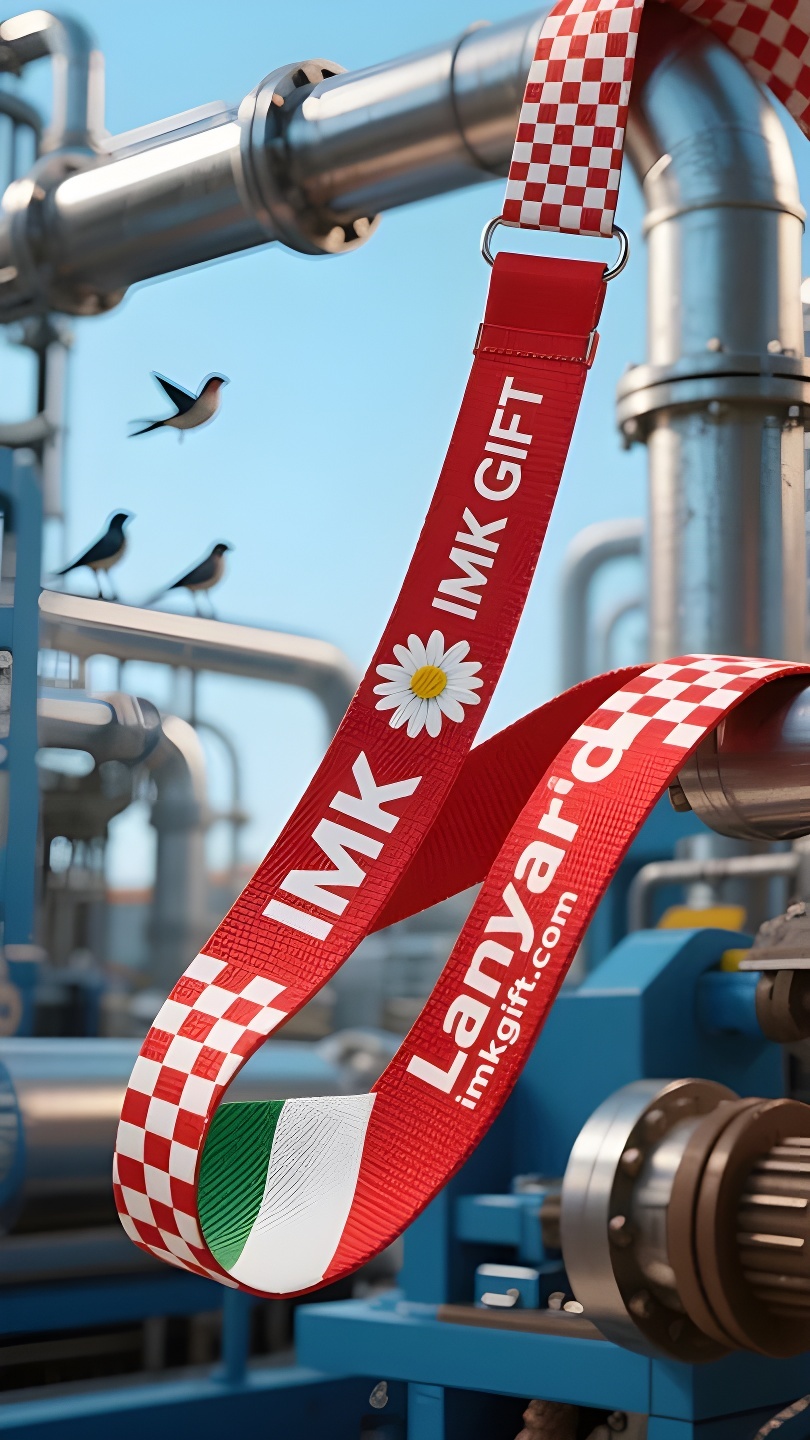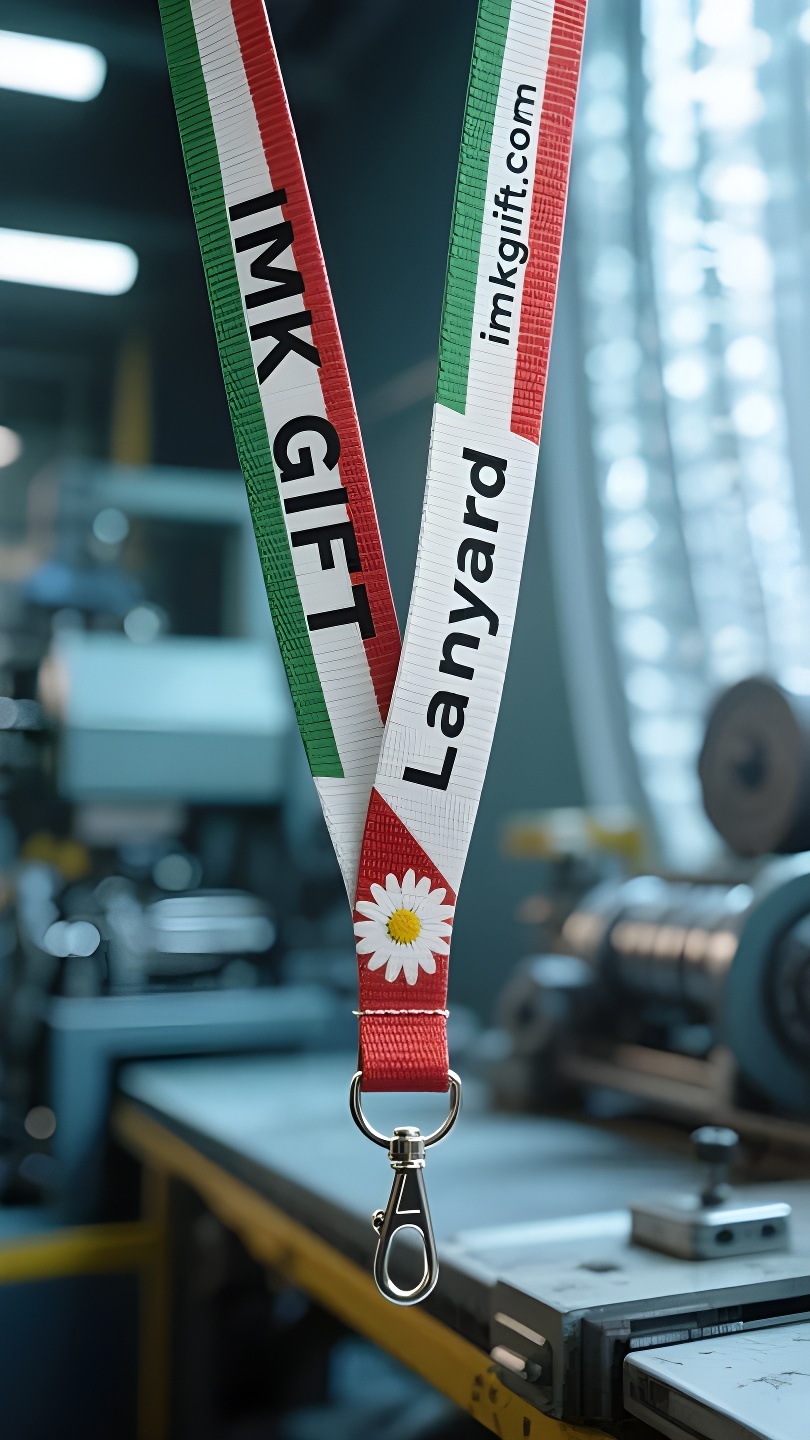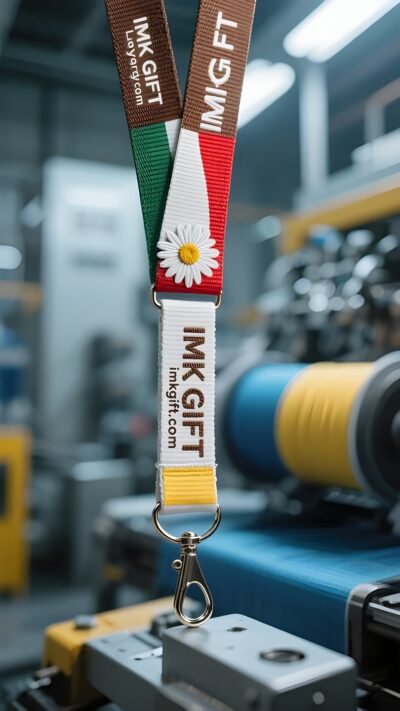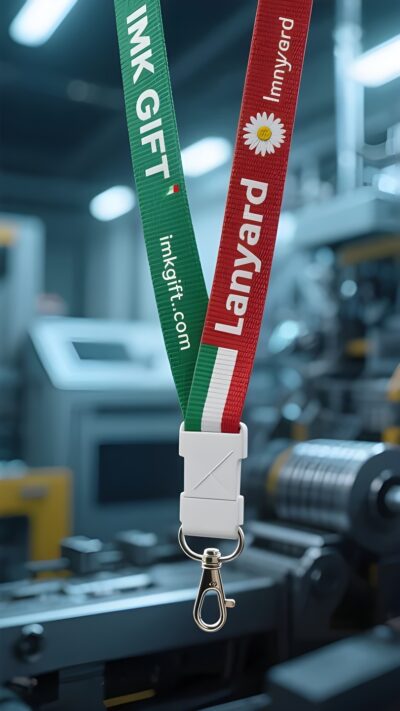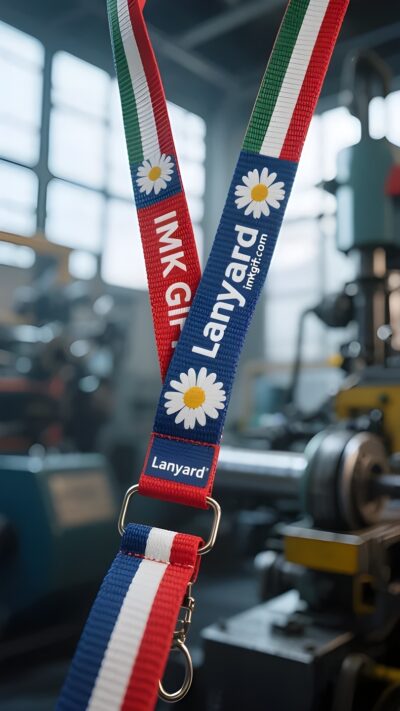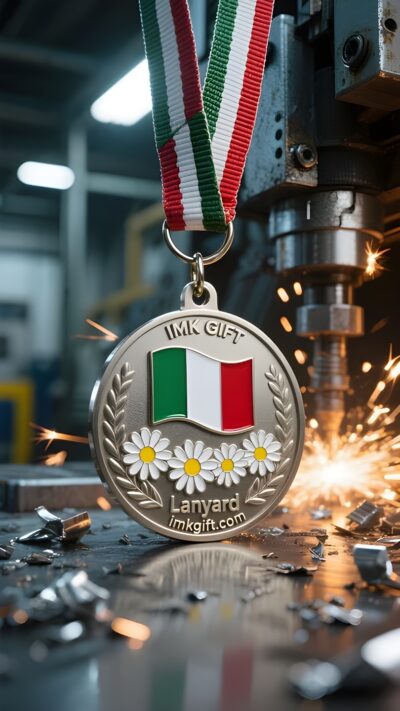in988-L-39-anima-della-nazione-legata-dal-nodo-tricolore
▼
Nelle strade di Roma in primavera, margherite e bandiere tricolori intrecciate con corde svolazzano al vento. I nastri verdi, bianchi e rossi della bandiera italiana sono intrecciati con cura in un “anello di nodo” che simboleggia l’eterno legame. Nell’anniversario dell’Unità, a marzo, diventano il simbolo della vita che danza sull’architrave di ogni famiglia. Il nastro verde è la spina dorsale dell’Appennino, proprio come la tenacia di Dante nella scrittura della “Divina Commedia” durante il suo esilio; il nastro bianco condensa la lucentezza del marmo di Carrara, e su di esso scorre ancora la passione creativa che Michelangelo sprigionò quando brandì il suo scalpello; il nastro rosso porta con sé il ricordo sanguinoso dell’antico Colosseo romano, che si trasforma nel cuore puro degli artigiani moderni quando battono il cuoio. I nodi tricolore si sovrappongono durante la tessitura, proprio come la filosofia di sopravvivenza di questa nazione temprata dalla sua storia turbolenta: il filo di seta apparentemente morbido diventa più forte grazie all’intreccio. La campanella di rame appesa all’estremità del cordone di margherita tintinna ogni volta che soffia il vento. Questo suono nitido un tempo guidava le carovane medievali che attraversavano le Alpi, e ora è diventato un ritmo di vita che ispira chi è in difficoltà. Mario, un anziano orologiaio di Torino, ha annodato il nodo della bandiera nazionale davanti al suo banco da lavoro durante il lockdown dovuto all’epidemia. Ha detto: “Quando le mie dita toccano i motivi in rilievo dei nastri, ricordo la saggezza dei nostri antenati che usavano le reti da pesca per riparare le barche a vela”. Dai nodi dei barcaioli nella Laguna di Venezia all’arte della tessitura della Settimana della Moda di Milano, il nodo tricolore ha sempre testimoniato il talento degli italiani nel trasformare le avversità in estetica. Come scrisse Dante nell’Inferno: “Non siamo nati per essere bestie, ma per seguire virtute e canoscenza”. Quando i cordoni di margherita si tendono di nuovo al caldo sole primaverile, ogni nodo è eloquente: la vera libertà inizia con l’elegante accettazione delle catene.
On the streets of Rome in spring, daisies and tricolor flags interwoven with ropes flutter in the wind. The green, white and red ribbons of the Italian flag are carefully woven into a “knot ring” symbolizing eternal connection. On the anniversary of the unification in March, they become the symbol of life dancing on the lintel of every family. The green ribbon is the backbone of the Apennine Mountains, just like Dante’s tenacity in writing “The Divine Comedy” during his exile; the white ribbon condenses the luster of Carrara marble, and the creative passion that Michelangelo burst out when he wielded his chisel still flows on it; the red ribbon carries the bloody memory of the ancient Roman Colosseum, which is transformed into the pure heart of modern craftsmen when they beat leather. The three-color knots overlap each other during weaving, just like the survival philosophy of this nation tempered in its turbulent history – the seemingly soft silk thread becomes stronger due to entanglement. The copper bell hanging at the end of the daisy rope jingles whenever the wind blows. This crisp sound was once a guide for medieval caravans crossing the Alps, and now it has become a life rhythm that inspires those in distress. Mario, an old watchmaker in Turin, tied the national flag knot in front of his workbench during the epidemic lockdown. He said: “When my fingers touch the raised patterns of the ribbons, I can remember the wisdom of our ancestors using fishing nets to repair sailboats.” From the boatman’s knots in the Venice Lagoon to the weaving art of Milan Fashion Week, the tricolor knot has always witnessed the Italians’ talent for transforming adversity into aesthetics. As Dante wrote in the Inferno: “We are not born to be beasts, but to pursue virtue and knowledge.” When the daisy lanyards stretch again in the warm spring sun, each knot is telling: true freedom begins with the elegant acceptance of shackles.
春日的罗马街头,雏菊与三色旗交织的挂绳随风轻扬。意大利国旗的绿、白、红三色缎带,被精心编织成象征永恒联结的”绳结之环”,在三月统一纪念日里,成为每个家庭门楣上跃动的生命符号。
绿色缎带是亚平宁山脉的脊梁,如同但丁在流放途中仍提笔书写《神曲》的坚韧;白色缎带凝结着卡拉拉大理石的光泽,米开朗基罗挥舞凿刀时迸发的创作激情至今在其上流淌;红色缎带承载着古罗马斗兽场的血色记忆,转化为现代工匠敲打皮革时专注的赤子之心。三色绳结在编织时彼此交叠,恰如这个民族在动荡历史中淬炼出的生存哲学——看似柔软的丝线因纠缠而愈发强韧。
雏菊挂绳末端垂坠的铜铃,每当疾风掠过便叮当作响。这清脆声响曾是中世纪商队穿越阿尔卑斯山时的方向指引,如今化作激励困顿者的生命节拍。都灵的老钟表匠马里奥,在疫情封锁期间将国旗绳结系在工作台前,他说:”当手指触摸到缎带交织的凸起纹路,就能想起祖先用渔网修补帆船的智慧。”
从威尼斯泻湖的船工绳结,到米兰时装周的编织艺术,三色绳结始终见证着意大利人将困境转化为美学的天赋。正如但丁在地狱篇写下的箴言:”我们生来不是为了做兽类,而是为了追求美德与知识。”当雏菊挂绳再次在春日暖阳中舒展,每个绳结都在诉说:真正的自由,始于对羁绊的优雅接纳。
▼
Contact Us
📞 Tel: +0086-760-85286839
📧 Email: sales3@imkgift.com

